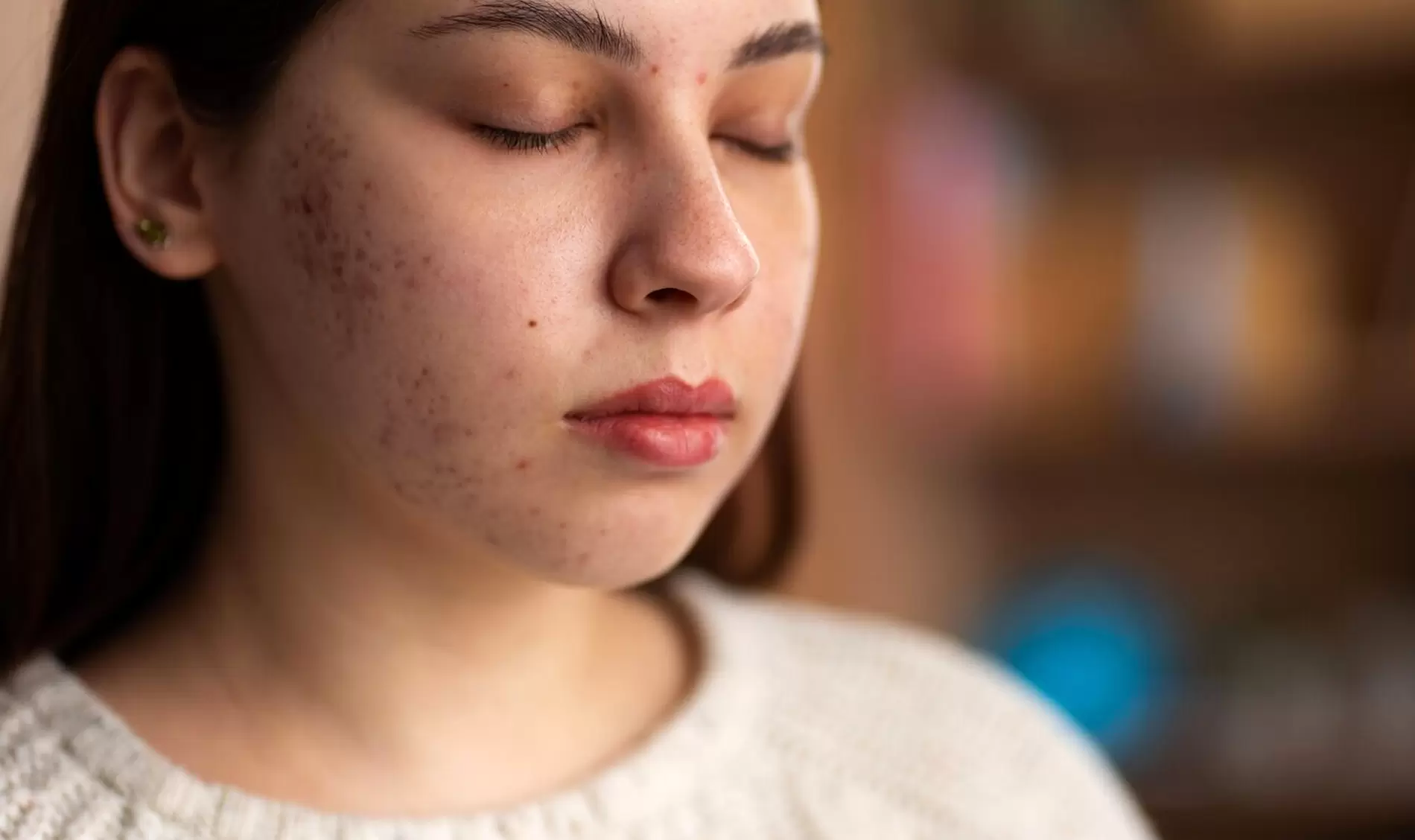
Pigmentation
Melanin is the primary pigment responsible for skin and hair color in humans and is produced by specialized cells called melanocytes. Pigmentation can vary significantly between individuals and populations due to genetic factors, environmental exposure (like sun exposure), and other biological influences.
There are several types of pigmentation disorders, which can cause an increase or decrease in color in specific areas of the skin. Some examples include:
- Hyperpigmentation: Darkening of the skin due to excess melanin. Conditions like melasma, age spots, and post-inflammatory hyperpigmentation (like acne scars) fall into this category.
- Hypopigmentation: Lightening of the skin due to a reduction in melanin. Examples include vitiligo (loss of pigment in patches) and albinism (a genetic condition resulting in very little or no pigment).
- Melasma: A common pigmentation disorder causing brown or gray-brown patches, usually on the face. Often triggered by hormonal changes and sun exposure.
- Freckles and Sun Spots: These are small areas of pigmentation often caused by sun exposure, particularly in lighter-skinned individuals.
Pigmentation is influenced by various factors, including genetics, hormonal changes, sun exposure, and even certain medications. In most cases, pigmentation changes are benign, though some may seek treatment for aesthetic reasons or if there are underlying medical concerns.